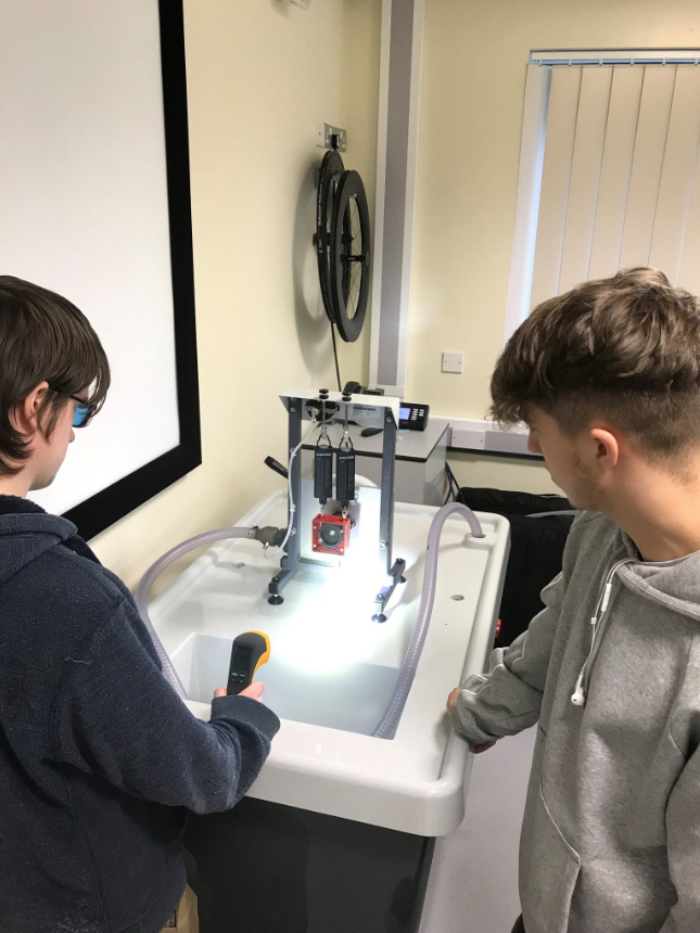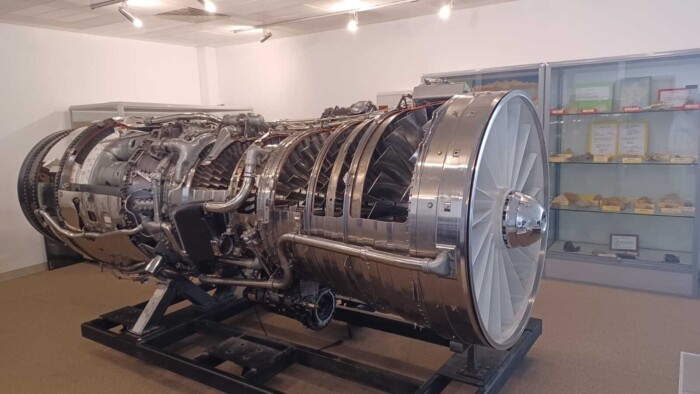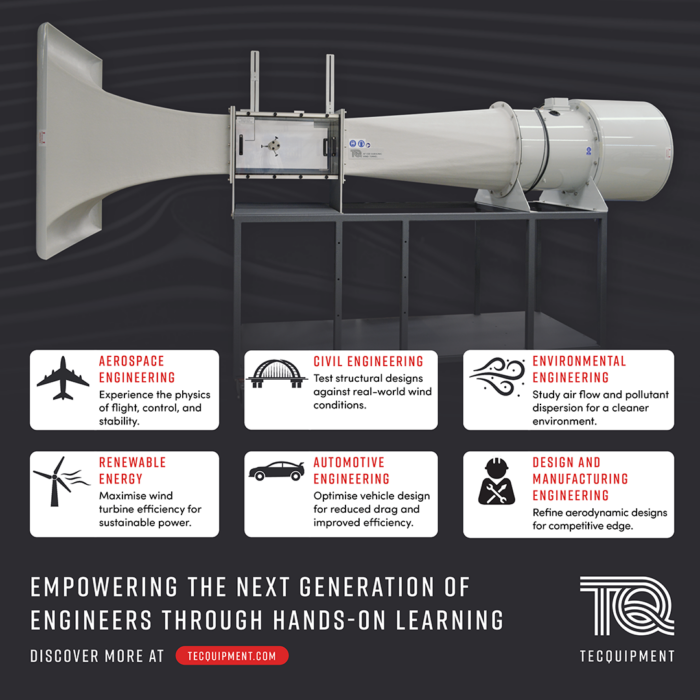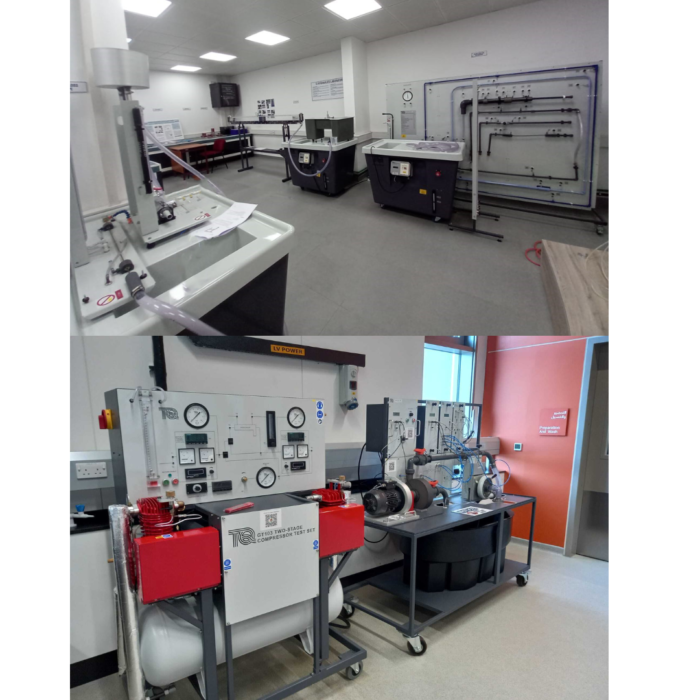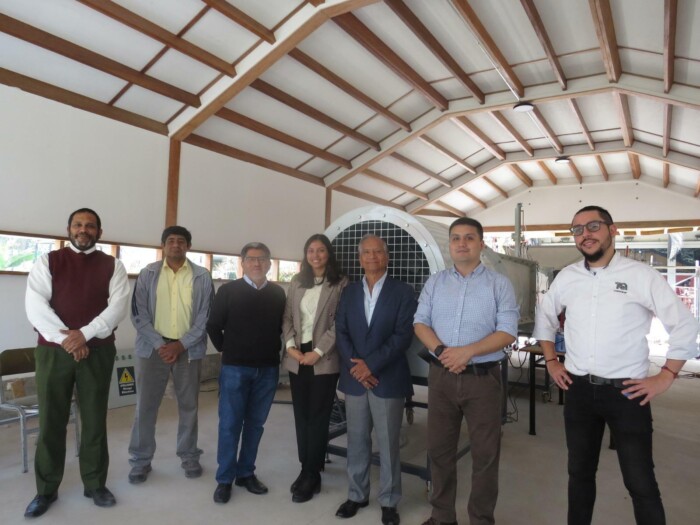In more simplistic terms, this is about creating self-sustaining oscillation in a flow and then using a piezo-electric device to convert the oscillations into electrical energy.
The ability to unobtrusively scavenge tiny amounts of electrical energy from fluid flow to power micro-electronic systems is especially interesting in relation to wireless sensor technology in Internet of Things applications. This cutting-edge technology offers the opportunity to reduce waste, reduce pollution of the environment and reduce maintenance costs.
Energy Harvesting Methods Using Flow Oscillations
There have been various studies into different forms of harvesting energy using this principle of self-sustained flow oscillations by others around the world:
a) Flutter-based harvesting which is energy harvested from flutter and galloping
b) Vortex-Induced Vibrations (VIV) where the unsteady vortex shedding by a bluff body is used to induce a periodic fluid dynamic force on a structure, resulting in oscillations
c) Flow-induced acoustic resonance energy harvesting
d) Turbulence induced excitation where energy is harvested from a turbulent boundary layer
Finally, there is the concept of harvesting energy from unsteady flow fields, specifically focusing on cavity flow oscillations, which is the basis for the study carried out by Thangamani and Ngai Kok, which you can read more of here.
How Cavity Flow Oscillation Occurs
Grazing flow over a rectangular cavity cut-out generates self-sustaining oscillations. The vertical disturbance shed from the cavity leading edge convects downstream and impinges at the aft wall, this creates a high-pressure zone in front of the aft wall. This creates an acoustic pressure wave that travels upstream, going on to reinforce vertical disturbances at the cavity leading edge, which convects downstream to continue the cycle. It is these self-sustained oscillations that have the potential to power micro-powered devices if harvested efficiently. This harvesting of these form of energy is the focus of the study, which was published in the Journal of Intelligent Material Systems and Structures in 2021.
The Use of Cavity Flow Energy Harvesting Devices in the Real World
The results of this study show promise and justify further study. Simple cavity flow-based energy harvesting devices could easily be envisaged as being suitable for use in various scenarios such as aircraft, automobiles, pipelines and even rivers for powering sensors.

Details for the Study Using TecQuipment’s Modular Airflow Bench
A rectangular cavity with specific geometrical parameters that were expected to generate high-amplitude tones were tested. Using a piezo-electric cantilever beam fixed inside the cavity that was tuned to match the cavity oscillation frequencies, power was generated by the harvester that was measured across the single resistor load. The construction of this small, simple apparatus that you can see here (INSERT PIC), was demonstrated to generate micro-wattage power by harnessing the cavity generated flow oscillations. Two small test sections were created and fitted on the air outlet of the small-scale wind tunnel from TecQuipment. The objectives of the experiment were to study the flow unsteadiness created due to the presence of the cavity, deduce the location and confirmation to fit a piezoelectric beam inside the cavity and then measure the power generated by the piezoelectric harvester. Microphones were placed in specific locations to measure the noise levels and therefore energy potential. The full details can be found in the full study.
For more information about the Modular Airflow Bench used in this study click here.






